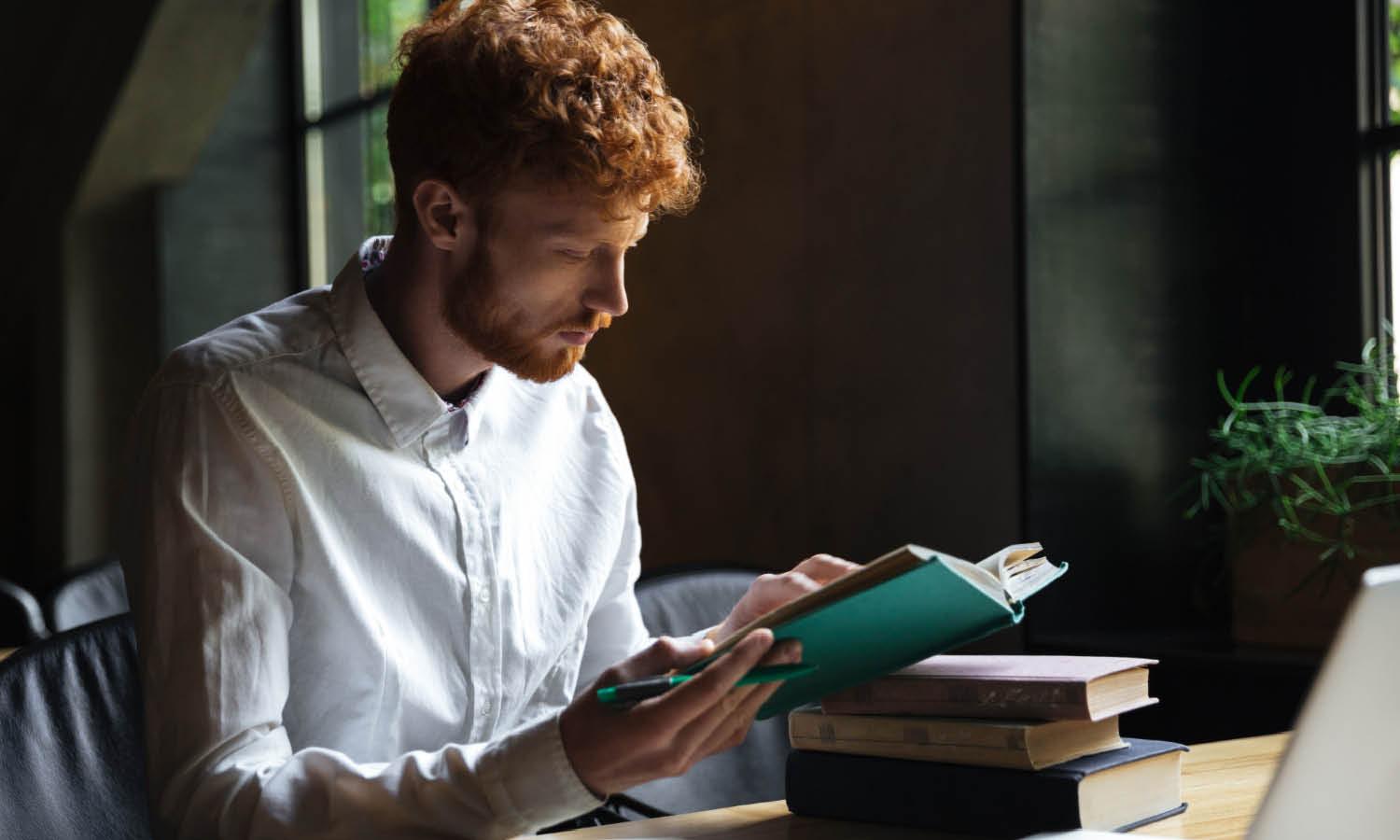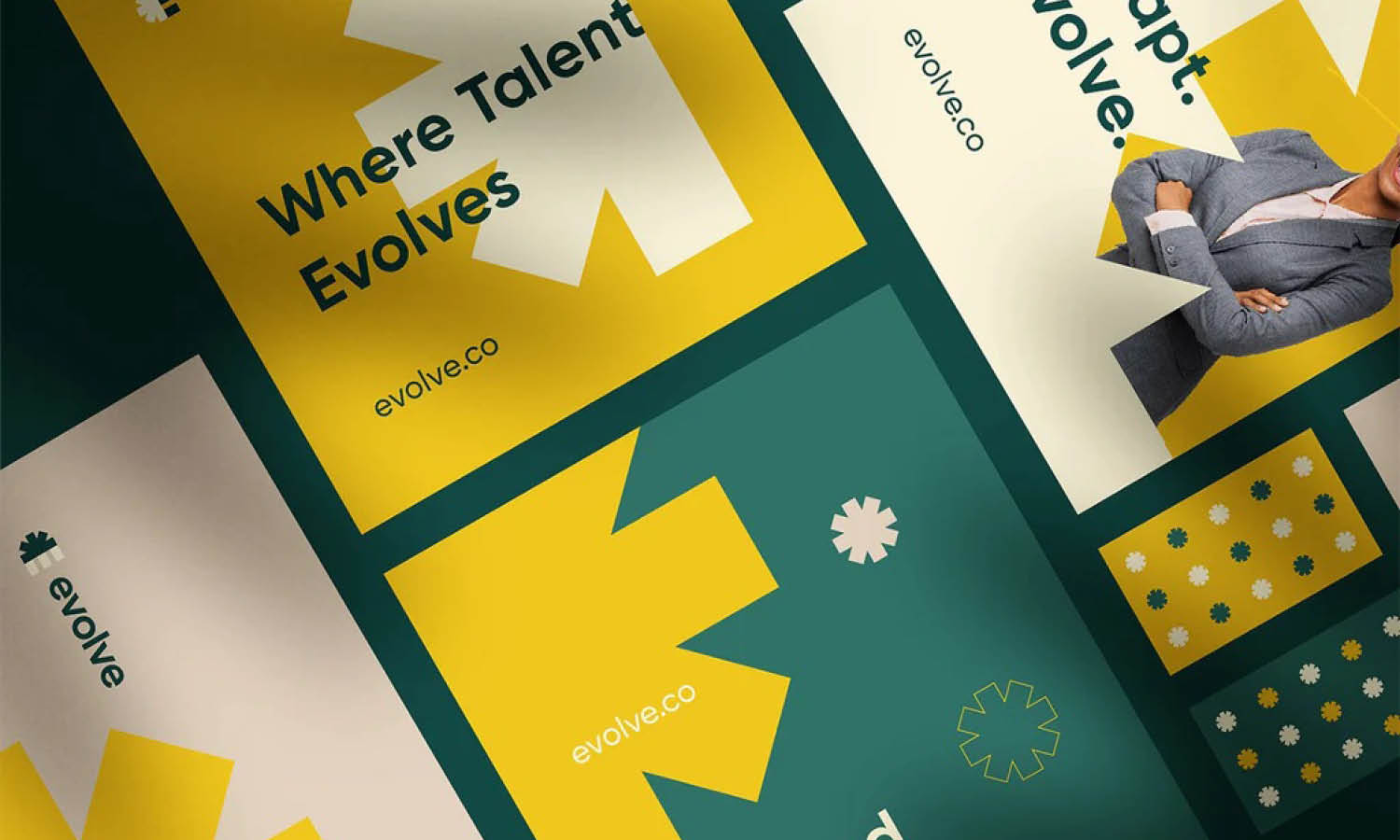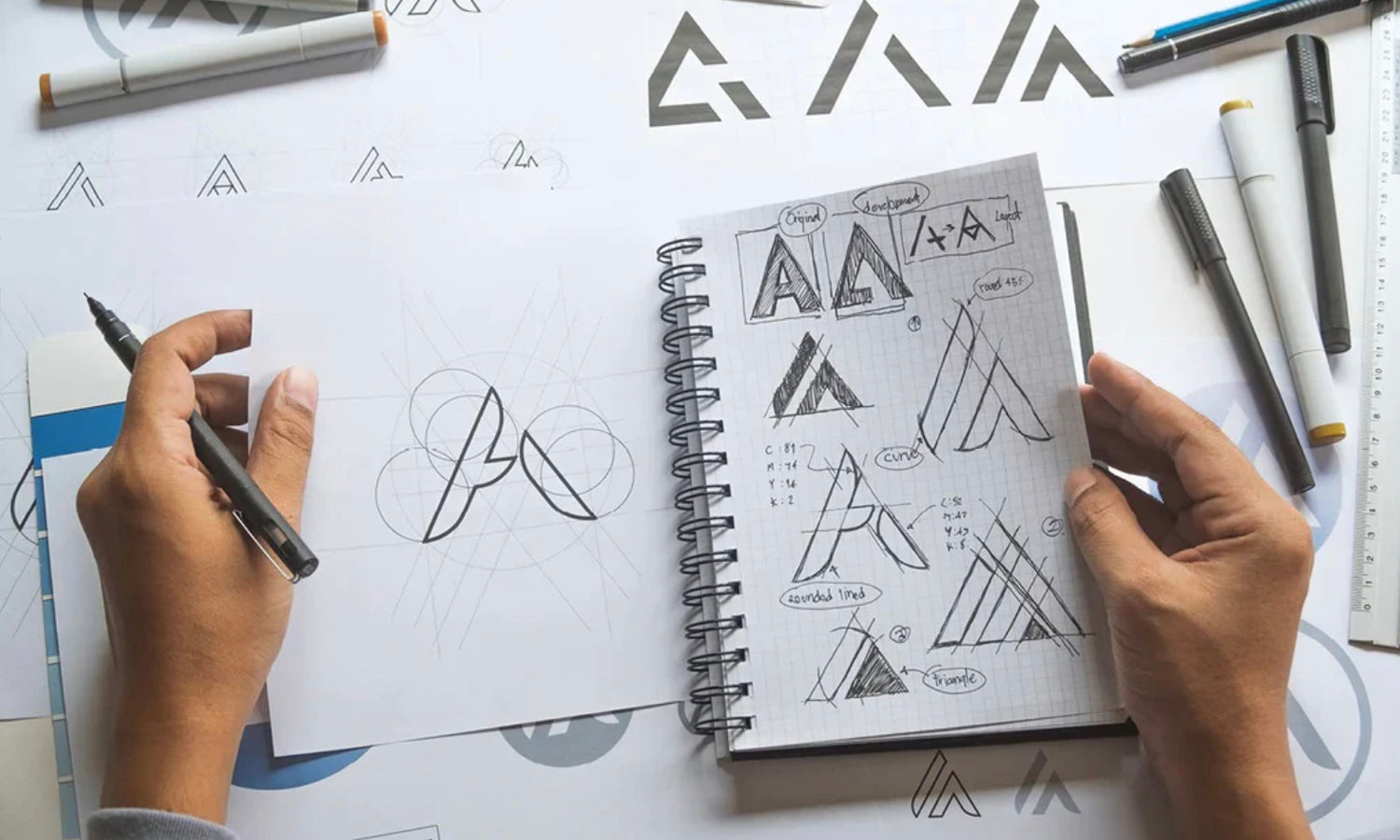How to Become A Famous Logo Designer

In the ever-evolving world of branding, a logo designer plays a crucial role in shaping how companies are perceived. While countless designers create logos every day, only a select few rise to prominence and become household names in the creative industry. Fame in the design world doesn’t happen by accident—it is the result of consistent practice, creative evolution, and building a professional presence over time.
Becoming a famous logo designer involves more than just mastering software or following trends. It’s about developing a unique voice, solving real-world branding problems, and establishing strong client relationships. Recognition comes when your work begins to speak for itself—when your designs not only look good but also function exceptionally in representing a brand’s essence.
This article lays out essential steps and strategies to guide you on the journey toward recognition and influence. Whether you're just entering the field or aiming to expand your presence, these actionable insights will help you grow with intention. Fame may not be the initial goal, but with quality work and consistent visibility, becoming a well-known logo designer is entirely within reach. Let's explore the key actions that can elevate your design career to new heights.
Master Design Fundamentals
Every successful logo designer begins with a deep understanding of design fundamentals. These core principles—typography, color theory, composition, balance, and contrast—are the building blocks of effective visual communication. Without this solid foundation, even the most creative ideas may fall flat in execution.
Typography is one of the most critical elements for a logo designer to master. The way type is styled, spaced, and aligned can dramatically affect a logo’s tone and readability. Similarly, color choices are not just about visual appeal; they carry emotional and cultural weight. A skilled logo designer uses color theory to evoke the right mood and meaning for a brand.
Understanding layout and composition ensures that the logo maintains harmony and clarity at any size. Whether designing a minimalist mark or a complex emblem, every element should serve a purpose and enhance the overall impact. Grasping principles such as alignment, proximity, and hierarchy helps in guiding the viewer’s eye and reinforcing the brand message.
Study Design History And Trends
To become a successful logo designer, understanding where design has been is just as important as knowing where it’s going. Studying design history provides context, inspiration, and an appreciation for the evolution of visual language. Iconic logos from companies like Nike, Apple, and IBM didn’t appear overnight—they were created through deliberate thinking and strategic choices. By studying these designs, a logo designer gains insight into what makes a symbol timeless and effective.
Design history also reveals the social, cultural, and technological shifts that influenced branding aesthetics. Knowing how styles like Bauhaus, Swiss design, or postmodernism impacted logo development can deepen your creative perspective and inform your stylistic decisions today.
In parallel, staying updated with current design trends keeps your work fresh and relevant. As a logo designer, it’s essential to balance timeless principles with modern aesthetics. Trends like responsive logos, geometric minimalism, and variable typography can shape how you approach projects for today’s audiences.
Build A Diverse Portfolio
For any logo designer aiming to gain recognition, a diverse portfolio is a must. It not only demonstrates technical skill but also communicates your ability to adapt to various industries, styles, and client needs. A well-rounded portfolio acts as visual proof that you can deliver strong results in different creative contexts.
Begin by including logos across a variety of sectors—such as tech, fashion, food, and health. This approach helps potential clients see your range and envision how your skills could apply to their specific brand. You don’t need dozens of pieces; a curated selection of ten to fifteen strong logos can make a significant impression.
In addition to variety in industries, show different types of logo executions: wordmarks, lettermarks, brandmarks, emblems, and combination marks. This showcases your flexibility as a logo designer and helps establish you as a problem-solver, not just a stylist.
Don’t forget to include project context when sharing portfolio pieces. A brief explanation of the brand, the design challenge, and your creative solution adds depth to your work. This helps viewers understand not just what you created—but why you made the choices you did.

Develop A Signature Style
As a logo designer, developing a signature style can set your work apart in a crowded market. While versatility is important, having a recognizable touch helps others immediately associate your work with your creative identity. A signature style isn’t about limiting yourself—it’s about having a clear, consistent design voice that adds uniqueness to your work.
To build your style, start by analyzing the projects you enjoy most. Are you drawn to geometric designs, hand-drawn elements, bold typography, or minimalist icons? Identify recurring themes, techniques, or visual languages in your past work. These patterns often hold clues to your natural design instincts.
Once identified, refine your style intentionally. This includes choosing a specific color palette, type treatment, or illustrative method that becomes part of your brand as a logo designer. But remember, your style should enhance the client’s brand, not overshadow it. The best designers know how to blend their artistic identity with the needs of each brand.
Having a signature style also helps with brand recall. When your work is shared on social media or featured in a publication, that recognizable quality can lead to more followers, inquiries, and respect from the design community.
Focus On Problem Solving
A successful logo designer does more than craft attractive visuals—they solve real branding problems. Every logo carries the weight of representing a business’s identity, values, and voice. To achieve that, a logo must be more than stylish; it must be strategic.
Problem-solving in logo design begins with understanding the client’s brand deeply. This includes the target audience, industry landscape, mission statement, and long-term goals. With that information, a logo designer can define the brand’s visual challenges—whether it’s needing to appear more premium, more approachable, or more innovative.
From there, each design decision must have purpose. Font selection, color palettes, shapes, and layout aren’t chosen at random—they’re selected to reflect the brand’s message clearly. A thoughtful logo designer considers how the design will appear across various applications, from digital platforms to product packaging.
Problem-solving also involves simplification. The best logos communicate a complex idea in a clear and simple way. That clarity is often the result of multiple revisions, where unnecessary elements are removed and core ideas are refined.
Share Behind-The-Scenes Processes
One of the most effective ways for a logo designer to gain credibility and engagement is by sharing behind-the-scenes processes. Clients and peers alike appreciate transparency, and showing your process can make your work more relatable, insightful, and trustworthy.
Instead of only posting polished final designs, showcase the journey that led to the result. Share sketches, concept explorations, mood boards, and early drafts. Explain your thinking, the client brief, and how you addressed specific design challenges. This not only educates your audience but also emphasizes your problem-solving skills.
Documenting your workflow also humanizes your role as a logo designer. It highlights the thoughtful decisions made during development and gives insight into the effort and strategy behind what may look like a simple mark. Even sharing “failed” concepts or revisions can add value by illustrating how you arrived at the best solution.
This approach benefits you in multiple ways—it reinforces your professionalism, invites engagement, and positions you as a thoughtful practitioner rather than just a stylist. Clients are more likely to trust a logo designer who can explain and defend their creative decisions.
Leverage Social Media Platforms
In today’s digital world, social media is an essential tool for any aspiring logo designer seeking visibility and connection. Platforms like Instagram, Behance, LinkedIn, X (formerly Twitter), and even TikTok can serve as powerful showcases for your work and process. They offer real-time engagement with a global audience—potential clients, fellow designers, and industry professionals alike.
Each platform serves a unique purpose. Instagram is ideal for polished visuals and behind-the-scenes stories. Behance highlights full project case studies with context and design thinking. LinkedIn allows for professional networking and sharing design-related insights. Meanwhile, X and TikTok help humanize your brand through casual updates or short-form design tips.
As a logo designer, consistency is key. Regular posting helps keep your work top-of-mind and builds familiarity with your audience. Share not just final logos, but also work-in-progress, mood boards, and revisions to give depth to your portfolio. Use captions to explain your process, design decisions, and how each logo solves a branding problem.
Engagement matters just as much as content. Reply to comments, ask questions in your posts, and support other designers by sharing or commenting on their work. Building relationships through social media can lead to collaborations, referrals, and new opportunities.

Engage With The Design Community
Connecting with the broader design community is an essential step for any logo designer aiming to grow, both creatively and professionally. Engaging with other designers fosters collaboration, mentorship, and mutual inspiration—all of which are key ingredients in building a lasting career.
Start by joining platforms and forums where designers actively share work and feedback. Behance, Dribbble, Reddit design communities, and Discord servers offer spaces to interact, learn, and showcase your expertise. Participation doesn’t just mean posting your own work—it also involves commenting on others’ projects, offering constructive feedback, and being an active voice in discussions.
Offline opportunities matter too. Attend design conferences, workshops, or local meetups when possible. These events allow you to network face-to-face with peers, industry leaders, and potential clients. Speaking at or hosting events can further establish your presence as a credible and respected logo designer.
Being part of the community also means contributing to it. Share your knowledge through blog posts, tutorials, or livestreams. Mentor emerging designers if you’re in a position to help. This generosity not only supports others but also builds your reputation.
Work With Influential Clients
One of the fastest ways for a logo designer to gain recognition is by working with influential clients. These are businesses, public figures, or organizations with an established following or media presence. When your work is tied to a recognizable brand, it naturally attracts attention and builds your credibility within the design world and beyond.
Influential clients don’t have to be large corporations. They could be rising startups, viral influencers, or respected experts in a specific industry. The key is choosing collaborations that align with your values and have the potential to amplify your reach. A strong logo for a well-connected brand can quickly be seen by thousands—or even millions.
To land these opportunities, a logo designer must consistently demonstrate professionalism, reliability, and creative problem-solving. Many influential clients seek out designers through referrals, so maintaining high standards on every project is essential. Over-deliver, be clear in your communication, and build lasting relationships.
Once the project is complete, share the results publicly (with permission). Include mockups, before-and-after comparisons, and client testimonials when possible. These assets reinforce your role in elevating the client’s brand.
Collaborate With Other Creatives
Collaboration is a powerful growth tool for any logo designer. Working alongside other creatives—such as illustrators, photographers, copywriters, brand strategists, or web developers—broadens your perspective and allows you to craft more holistic branding experiences. These partnerships can push your creative boundaries and lead to stronger, more versatile results.
When you collaborate, you gain access to new audiences. Your work reaches the networks of the creatives you team up with, which increases visibility and opens doors to opportunities you may not have reached alone. A co-created project often gains more traction because it combines multiple talents into a single, cohesive product.
Collaboration also enhances your problem-solving approach. For instance, working with a strategist can help you better understand brand positioning, which informs your design decisions. An illustrator may add detail and flair to a logo that needs extra character. These combined skills create deeper, more dynamic outcomes for clients.
Choose collaborators whose work complements your style and values. Communication and mutual respect are key. Outline roles and responsibilities early to ensure a smooth process. When done right, a successful collaboration strengthens your portfolio, sharpens your creative instincts, and reinforces your reputation as a flexible and open-minded professional.
Conclusion
Becoming a famous logo designer takes more than creative talent—it requires dedication, strategic growth, and consistent professionalism. From mastering core design principles to collaborating with other creatives and engaging with the design community, every step builds toward lasting recognition. The journey involves learning, adapting, and staying true to your creative voice. Fame doesn’t happen overnight, but with each thoughtful project and meaningful connection, your name as a logo designer becomes more memorable. Focus on delivering quality work, building genuine relationships, and continuously refining your craft. In time, your reputation will grow—and your work will speak for itself.
Let Us Know What You Think!
Every information you read here are written and curated by Kreafolk's team, carefully pieced together with our creative community in mind. Did you enjoy our contents? Leave a comment below and share your thoughts. Cheers to more creative articles and inspirations!
















Leave a Comment